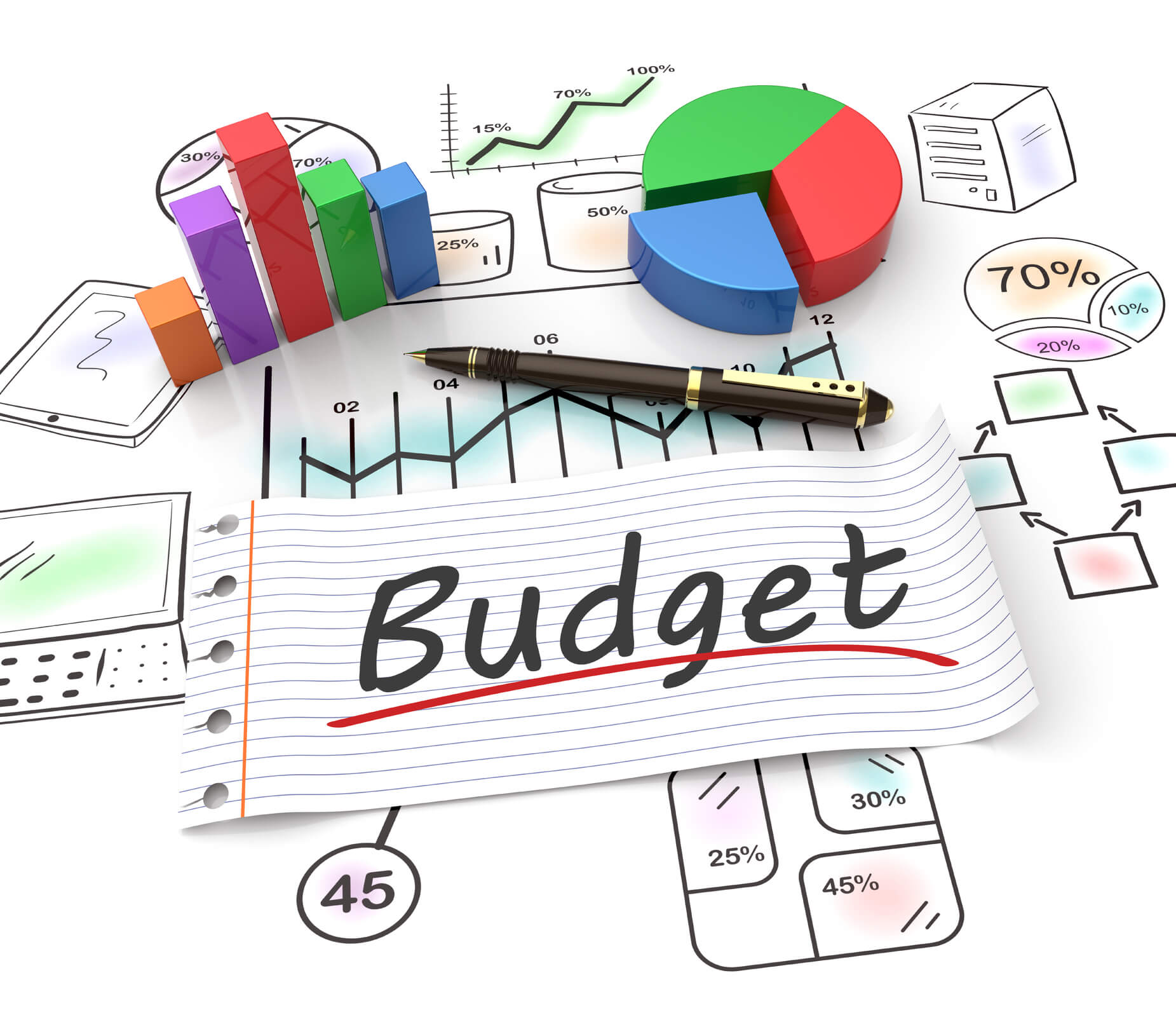Keeping track of your income and expense records is an absolute must for your budgeting and tax matters when you need it. Keeping track of every detail might sound tedious, but you’ll be glad you did it. Here are some tips to help you stay on top of your record keeping all year long, so it doesn’t feel like a massive, overwhelming task:
● Have A Designated Storage Space for Your Receipts - Have a specific drawer or folder just for your receipts. Knowing exactly where you put it and where to find it when you need it makes it much easier when recording it.
● Categorize Your Receipts - Once you’ve found a designed spot in your home to keep your receipts, make your job more effortless by sorting these receipts into specific categories. Have one file folder for groceries, electric bills, water bills, pet supplies, household repairs, internet, phone, and the list goes on depending on your expenses. Organize your receipts in the file folders according to date, too, since organizing them in chronological order makes it easier for you to refer to something specific when you need it quickly. You should also categorize your receipts based on personal and professional expenses, as you have a separate checkbook for business and personal checks.
● Go Through Your Receipts and Expenses Once A Week - Instead of leaving it all to the last minute at the end of the month, set aside some weekend time to review your expense receipts. Make records in your budget as you go along. This way, you don’t have as much to do at the end of the month, and planning your budget for the next month becomes a quicker and more manageable task.
What are the most critical categories your budget has to address?
● Saving for Retirement - A true horror story would be running out of money before you die. This is a very depressing idea; even worse, it happens to so many people. Most of the time, it could have easily been avoided with better financial planning, although yes, it is impossible to predict what is going to happen in the future. Dave Ramsey, one of America’s most trusted sources regarding all things financial advice, weighs in on this topic on his website and points out that it was considered the dream retirement financial number for a long time. With $1 million in retirement, you could live out your retirement dreams and even leave an impressive legacy behind. That was back then. A million dollars may not be enough today to get the job done the way it would have been several years ago. Aim to save at least 5-15% of your income in a special retirement fund. This should be accounted for in your budget.
● Set Up An Emergency Fund - This will be a separate account from your retirement fund. All the other spending, like clothes, a new phone, and new shoes, can wait until you’ve first paid yourself in your emergency fund. If you don’t have one, you need to set one up. Ideally, you’ll want to have at least $1,000 in an emergency fund stored in an easy-to-access account. Start tucking away any spare cash you can find, and once you have accumulated at least $1,000, put it into a bank account, and that’s your emergency fund. Start putting funds aside little by little from your monthly budget until you have accumulated that amount. It is recommended that you keep these emergency funds in a separate account from all your other funds because you don’t want to risk accidentally using it all up and suddenly to find yourself stuck with no money. This is why you keep all your savings in a separate account, and now you need to do the same for your emergency fund. Continuously top up that emergency fund each month and let the money accumulate until an actual emergency arises. You’ll be so thankful that you have something to fall back on if and when you need it, so add that emergency fund column to your budget.
● Set Up An Emergency Sinking Fund - It’s a good idea to include an emergency sinking fund into your budget allocations. A sinking fund is specifically for planned expenses that you know are coming up, like new tires for your car, for example. Creating a specific fund for those big-ticket items ensures that you don’t have to dip into your savings or emergency fund to do it.
● Your Automated Savings - Have a fixed amount in your budget expressly set up for automated savings and put it down as a recurring expense. Automating your finances saves you time and effort and takes away the stress of keeping when it gets taken out of your account as soon as your salary comes in. You don’t have to think about putting it aside because it’s already done for you.
● Debt Payoff - Once you’ve automated your savings, put money away for retirement and emergency fund, and paid all the essential monthly expenses, it’s time to direct some of your funds toward paying off your debt. The Debt Snowball Method is one approach to paying off debt that has become popular in recent years. Dave Ramsey, the advocate of this method, believes it is one of the best ways to get out of debt quickly in the shortest amount of time possible. Like the snowballs, you used to build as a child that gained traction when you started rolling them around your yard, what began as a tiny, compact snowball quickly grew into a giant boulder as it gained momentum and speed. This is how paying off your debts will work with this approach, aptly named the Snowball Method because of its likeness to the snowball that gains momentum the longer it keeps going.
After examining your budget, there will be some places where you could cut back on your spending. Like purchasing that cup of coffee every morning on your way to work, for example, when making coffee at home tastes just as good, and it’s a lot cheaper to do. Budgeting takes about three months before you really start to get the hang of it, so if your first month goes terribly and nothing goes according to plan, don’t be too hard on yourself. That’s okay, give yourself time to learn the ropes, and make adjustments to your lifestyle, take what you’ve learned and apply that to the next month.










